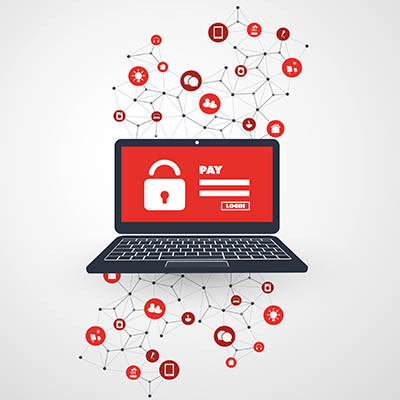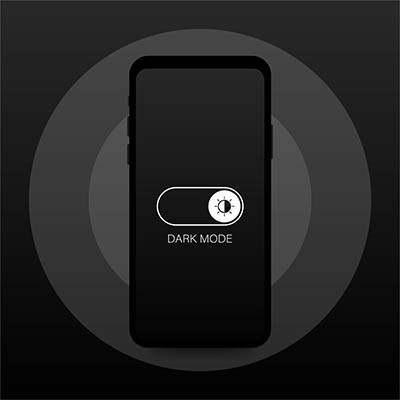Ferrum Technology Services Blog
If your business could make money based on its process, you’d never need to worry about results. Unfortunately, things don’t work that way. You need to bring a product or service to market and sell it in order to make enough revenue to continue doing business. With the results-based nature of things, it becomes essential for the good of your company that you optimize your team’s ability to get things done. Today, we’ll talk a little bit about how collaboration gets better when your team is organized.
Nowadays, every company relies on some kind of software. It has immense value as it can be used to make business more efficient and help reduce costs. In order to get the most out of your software, it has to be continuously managed. This is done with three steps: leveraging the assets available, testing your strategies, and understanding what it is you have.
Some businesses struggle to obtain the appropriate software solutions, especially if they are on a budget. Some even choose to take advantage of free, open-source software simply because it helps their bottom line. There are some benefits to using open-source software, but there are also dangers involved.
Businesses and their employees ultimately need a lot of different online accounts, which means there are a lot of passwords that need to be sorted. To assist with this, many have turned to using password managers—applications that store passwords in an encrypted vault. There are a lot of reasons that these password managers are a popular choice. Let’s go over a few of them.
There is a lot to say about having the right IT, but at some point, you have to ask if you are receiving diminishing returns on your investments. Implementing too much technology can be a very real problem, especially in terms of the software you choose to implement. Let’s take a look at some of the warning signs and see what you can do about them.
With the release of Windows 11 on the horizon, it is important that businesses looking to implement it start to consider not only their hardware, but their strategy to upgrade away from their current operating system. But that’s a topic for another day—we’re focused today on the folks who don’t even have Windows 10 yet and are still stuck in the days of Windows 8.1, an OS expiring in 2023. Don’t get caught unawares without a plan to upgrade.
Ransomware is such a major problem for computing-dependent organizations that even government agencies are getting involved, equipping businesses and organizations with tools to help themselves identify whether or not they are at risk of these attacks. The most recent addition to this group, the United States’ Cybersecurity and Infrastructure Security Agency (CISA) have made their Ransomware Readiness Assessment, or RRA, available as part of its Cyber Security Awareness Toolset.
A new ransomware threat has surfaced, this time targeting unpatched and end-of-life products in SonicWall’s line of Secure Mobile Access (SMA) 100 series and Secure Remote Access (SRA) products. The threat is currently being exploited in the wild, so if you utilize these devices in your business, it is your responsibility to take action to mitigate damages caused by these ransomware attacks now.
Anyone who uses a computer regularly knows that software can be finicky. Developers continuously update their software to account for changes in security threats and to add new features. For the small business, integrating and developing software can be useful, but it can also be one of the most problematic issues you can face; and, oftentimes it can often go under the radar. Let’s look at a few ways that old software bugs can cause problems for your business.
The workplace can be a stressful place, and studies have been done on this increase, as well as what can be done to mitigate the damage. To combat this increase, Microsoft has filed a patent that suggests new ways to resolve workplace stress might be in development in the near future. But is this technology actually necessary for identifying when you are stressed?
To stay competitive, businesses need to leverage any tools they can to optimize productivity. This includes what is often marketed as productivity software. Unfortunately, shopping for these tools can often lead you down the same rabbit hole, looking at the same products over and over, trying to determine which one is the best bang for your buck. Here are some pointers for finding the best productivity apps for your organization’s needs.
Do you use different passwords on every account you’ve created? Are these passwords sufficiently complex? Chances are at some point you have repeated at least one password. Remembering 35 different logins for 35 different applications is hard enough, so it’s not surprising that the majority of people will use the same password for many applications. Bad password practices are all too common. So, how can you fix this?
Most businesses rely on specific software, and a lot of it. It’s used to manage, protect, and facilitate your business. Today’s software is more flexible than ever before, and while control over your business’ IT systems is always better, the ability for a business to get the tools it needs may take you in a different direction. Let’s take a look at some considerations you should make when you are looking to get software for your business.
Many businesses have turned to the productivity suite as they’ve added more and more useful tools. Traditionally, the productivity suite came with a word processor, spreadsheet program, note-taking program, and presentation software. Today, we will take a look at the variables that decision makers need to confront when choosing the right productivity suite for their business.
Your business relies on its software, so if that software presents major security issues, it can be really concerning. In order to keep software from being a point of entry for hackers and scammers, you need to update and patch your software. Today, we’ll briefly discuss patch management and why it is a policy that you should be actively pursuing.
Windows 10 has seen a slow growth in its market share since it first appeared in July 2015, still rising throughout 2020 to now. As of this October, the operating system had finally reached a 72.2 percent market share. Let’s discuss why this benchmark matters, and why you need to update any devices in your organization to bring that share up even more.




















